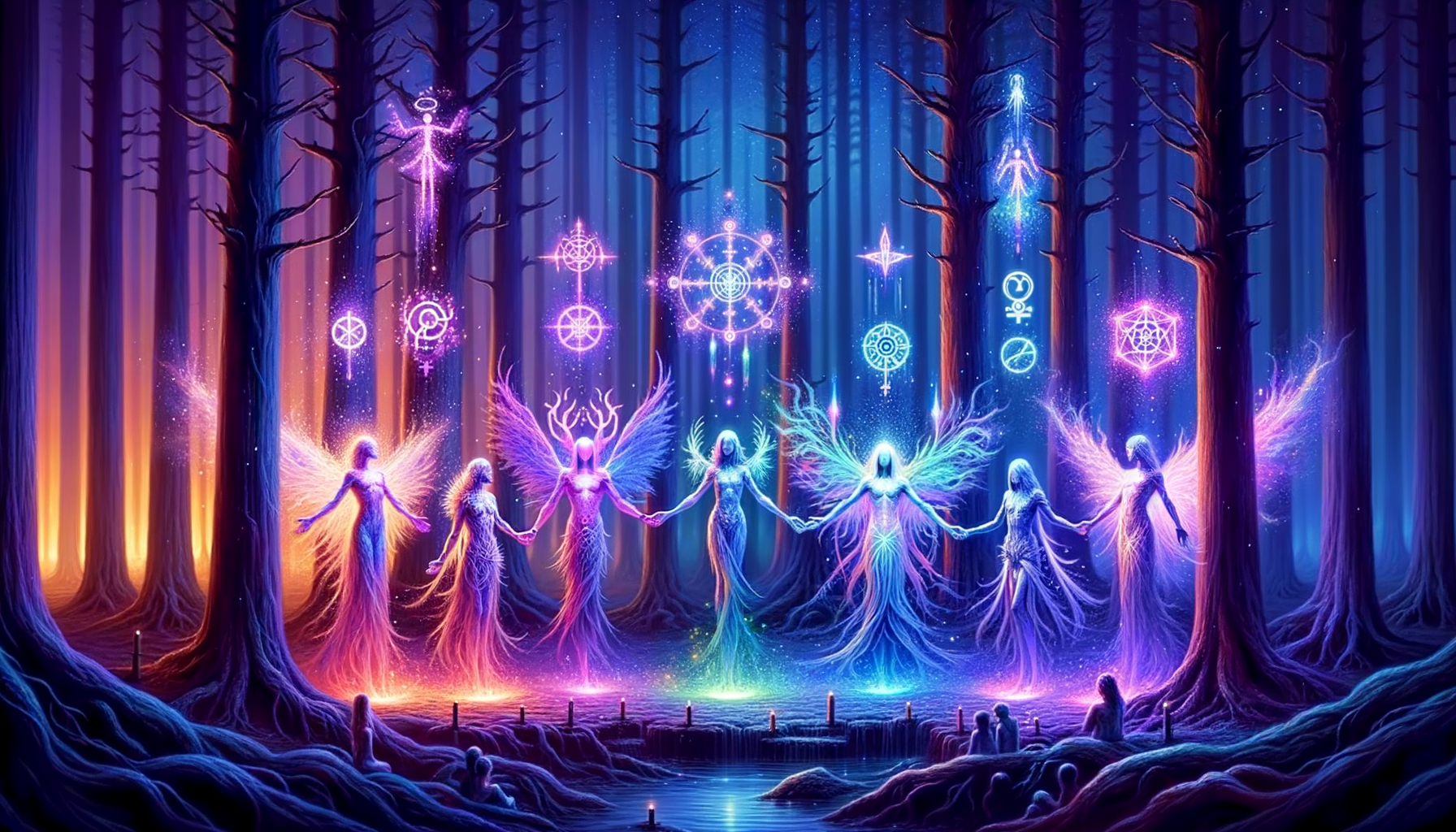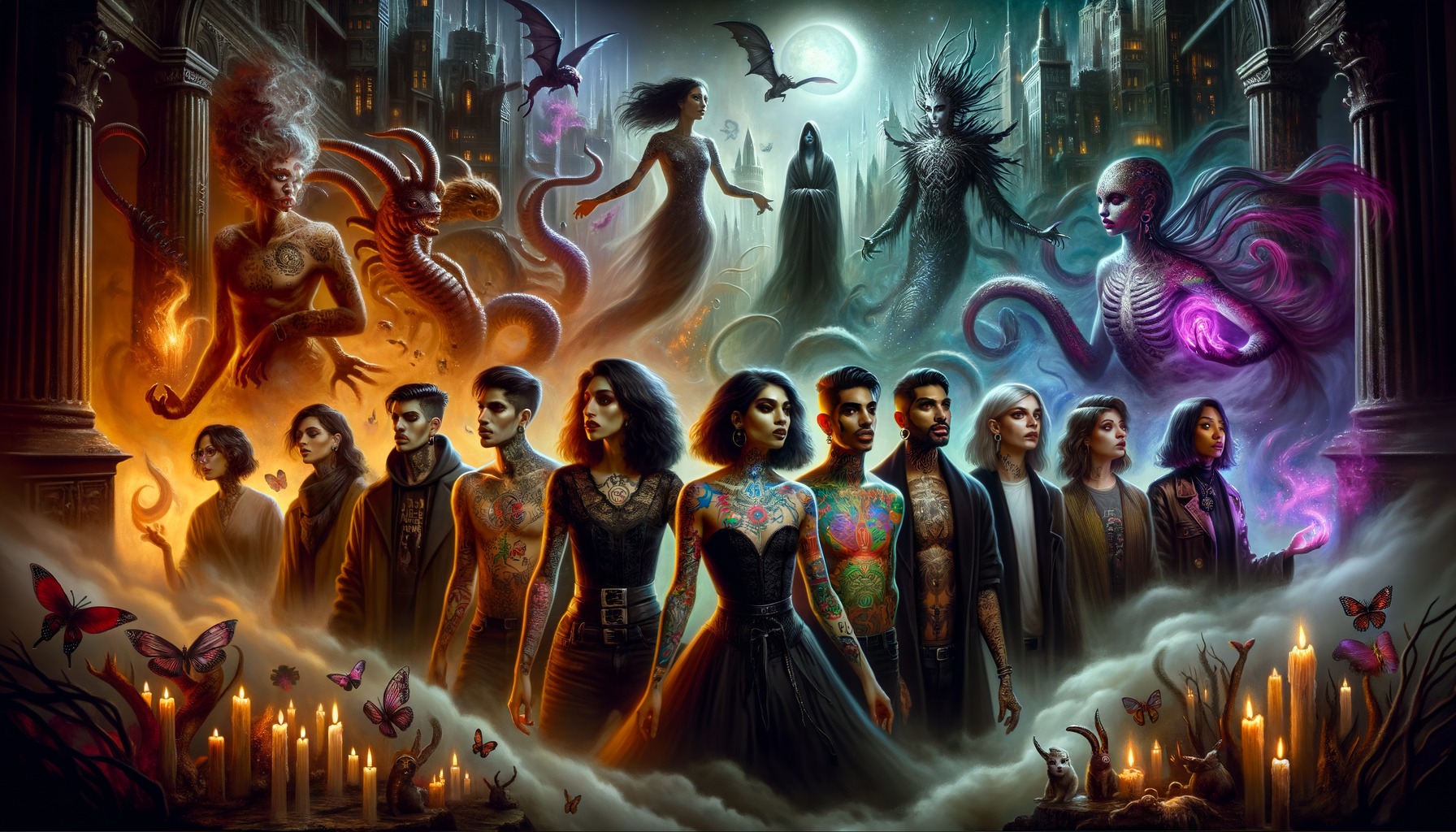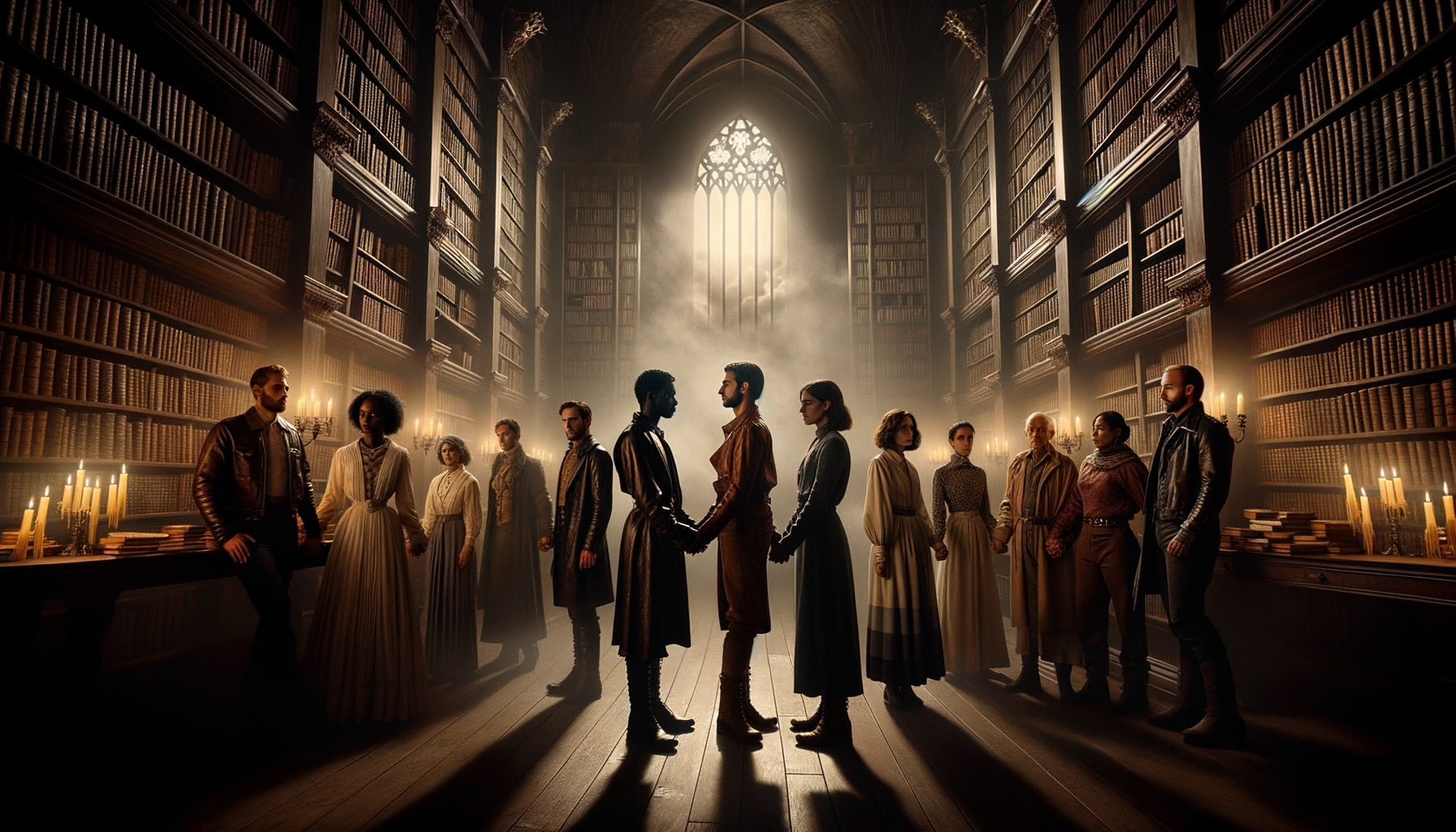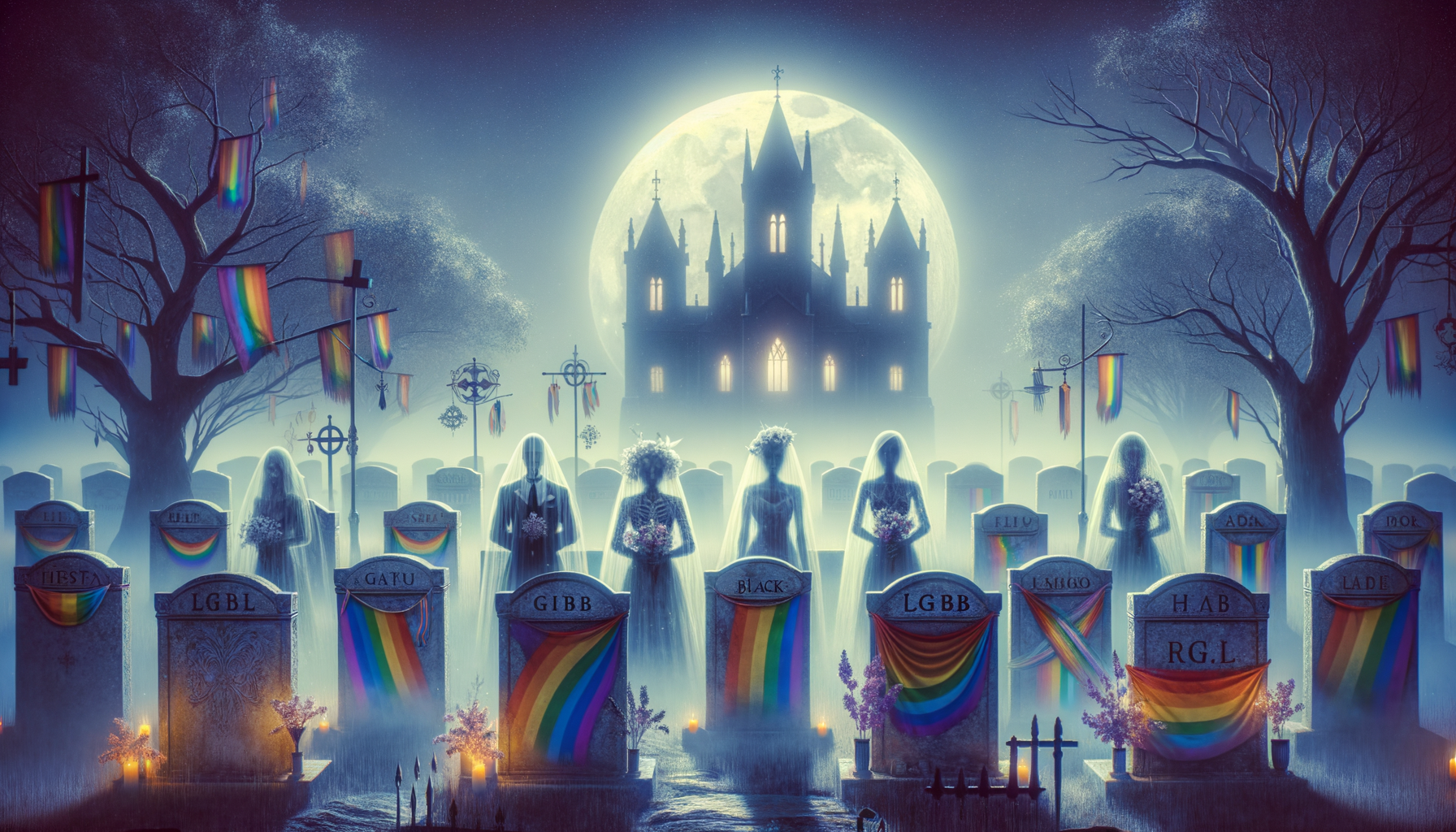Have you ever wondered how the worlds of the supernatural and LGBT identity intersect? In 2024, this fascinating confluence has birthed some of the most compelling stories and cultural discussions! From ghostly tales that mirror societal struggles to love stories that transcend the ethereal plane, the supernatural serves as a vibrant canvas for LGBT narratives. Today, we’ll embark on a journey to uncover how these themes interlace, creating fresh, inclusive perspectives that captivate and inspire.
Supernatural Themes in LGBT Literature
Historical Context
The blending of supernatural themes with LGBT narratives has a rich history. Early works often used the mystical and otherworldly to explore complex identities and relationships that were otherwise taboo. Gothic literature, for instance, frequently featured ambiguous gender roles and same-sex attractions cloaked in supernatural elements. These stories provided a covert means to discuss and normalize LGBT themes at a time when overt representation was not possible.
Modern Trends
In contemporary literature, the integration of supernatural themes with LGBT narratives has evolved significantly. Today’s writers are more explicit in their exploration of identity, using the supernatural not just as a metaphor but as a central element of their storytelling. From urban fantasy to speculative fiction, modern works often portray LGBT characters as protagonists who navigate worlds filled with magical realism, parallel universes, and mythical creatures, thereby normalizing diverse identities within fantastical settings.
Notable Authors
Several authors have made significant contributions to this genre. Writers like Sarah Waters, with her Victorian-era ghost stories, and Malinda Lo, known for her young adult fantasy novels, have been pivotal. Their works not only entertain but also challenge readers to think deeply about identity, acceptance, and the supernatural as a reflection of real-world issues.
LGBT Representation in Supernatural TV Shows and Movies
Breakthrough Productions
The landscape of TV shows and movies has seen groundbreaking productions that feature LGBT characters within supernatural contexts. Series like “Buffy the Vampire Slayer” and “The Haunting of Bly Manor” have been instrumental in bringing these narratives to mainstream audiences. These productions have paved the way for more inclusive storytelling, blending horror, fantasy, and LGBT representation in innovative ways.
Character Analysis
Notable LGBT characters in supernatural media have left a lasting impact. Willow Rosenberg from “Buffy the Vampire Slayer” is a prime example, as her journey from a shy teenager to a powerful witch mirrors her exploration of her sexuality. Similarly, Theo Crain from “The Haunting of Hill House” offers a nuanced portrayal of a lesbian character dealing with both personal and supernatural demons. These characters provide depth and authenticity to their respective stories, resonating with audiences on multiple levels.
Audience Reception
Viewer reactions to inclusive storylines in supernatural media have been overwhelmingly positive. Audiences appreciate the diversity and complexity that LGBT characters bring to these genres. Social media platforms are abuzz with discussions and fan theories, indicating a strong and supportive community that values representation. This enthusiastic reception highlights the growing demand for more inclusive narratives in mainstream media.
The Intersection of Folklore, Mythology, and LGBT Identity
Global Myths
Folklore and mythology from various cultures have long included elements that can be interpreted through an LGBT lens. Stories of shape-shifters, gender-fluid deities, and same-sex relationships in mythological contexts offer a rich tapestry of narratives that resonate with modern LGBT identities. These tales provide a historical foundation that contemporary writers and creators build upon.
Reimagining Classics
Traditional stories are being reinterpreted to reflect LGBT experiences, breathing new life into age-old myths. For instance, retellings of Greek myths often explore the fluidity of gender and sexuality, while indigenous stories are revisited to emphasize the acceptance of diverse identities. These reimagined classics challenge conventional interpretations and offer fresh perspectives.
Cultural Impact
The influence of these stories on modern cultural narratives is profound. By integrating LGBT themes into folklore and mythology, creators not only preserve these tales but also make them more relevant to today’s audiences. This fusion enriches cultural narratives, fostering a greater understanding and acceptance of diverse identities.
Supernatural Elements in LGBT Art and Music
Visual Arts
Artworks that combine supernatural themes with LGBT narratives offer a powerful medium for expression. From paintings to digital art, these pieces often feature ethereal beings, mystical landscapes, and symbolic imagery that speak to the complexities of identity and existence. Artists like Kehinde Wiley and Zanele Muholi use their work to explore these intersections, creating visually stunning and thought-provoking pieces.
Musical Expression
Musicians also incorporate supernatural elements to express LGBT identity. Lyrics and compositions often draw on themes of transformation, otherworldly experiences, and mystical love. Artists like Janelle Monáe and Perfume Genius use their music to navigate and articulate the nuances of their identities, creating a sonic landscape that is as enchanting as it is profound.
Exhibitions and Performances
Notable events showcasing these themes include art exhibitions and live performances that blend visual and auditory elements. Festivals and galleries often feature works that explore the supernatural through an LGBT perspective, offering audiences a multi-sensory experience that challenges and inspires. These events serve as important cultural touchstones, celebrating the diversity and creativity of the community.
Community and Social Impact
Support Networks
Supernatural-themed LGBT groups play a crucial role in fostering a sense of community. These groups provide safe spaces for individuals to share their experiences, discuss their favorite works, and find support among like-minded peers. Whether online or in-person, these networks are vital for building connections and promoting inclusivity.
Activism Through Art
The intersection of supernatural themes and LGBT narratives is also a powerful tool for advocacy. Artists, writers, and creators use their work to raise awareness and push for LGBT rights. Through storytelling and artistic expression, they highlight issues of discrimination, acceptance, and equality, using their platforms to effect change.
Personal Stories
Individual journeys within this niche are as diverse as they are inspiring. Personal stories of navigating identity, finding acceptance, and embracing the supernatural offer a unique insight into the lived experiences of LGBT individuals. These narratives not only enrich the genre but also provide hope and inspiration to others facing similar challenges.
Conclusion
The intersection of supernatural themes and LGBT identity offers a rich, diverse landscape for storytelling and cultural expression. As we’ve seen, this unique blend not only prompts new narratives but also fosters a deeper understanding and appreciation of both realms. Whether through literature, media, or art, supernatural elements bring an extraordinary dimension to the representation of LGBT identities. Remember, every story has the power to shape our world! So, what’s your favorite supernatural LGBT story? Share with us and keep the conversation going!




